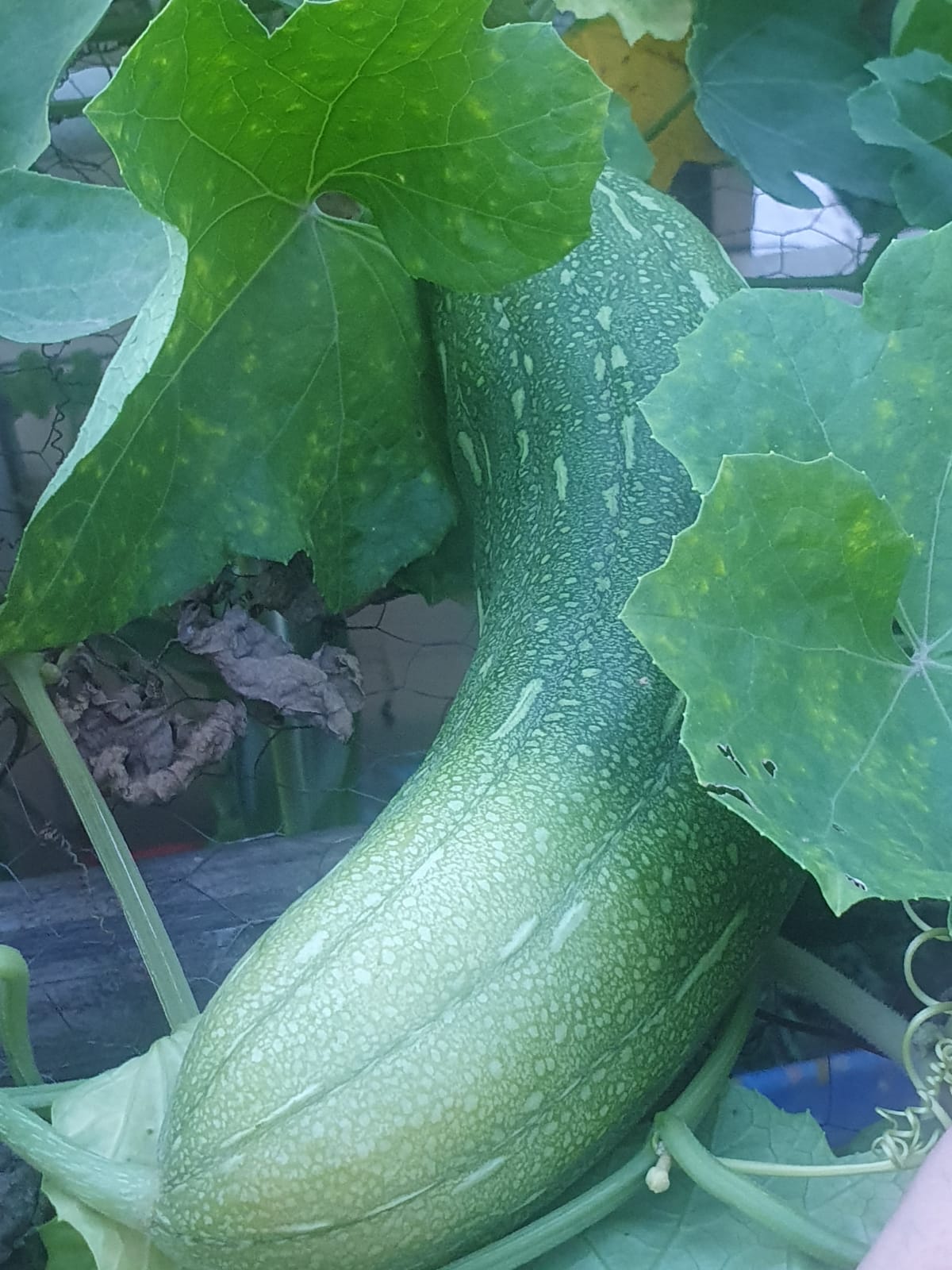Using natural loofahs as a part of your body care regimen is a common practice these days. In India, an eco-friendly loofah made using dried gourds or poppy fibre is used without thinking twice.
But what if we told you that the product made out of common backyard vegetables is selling on Australia’s Amazon website for thousands of rupees? Priced at $ 20.89, i.e. approximately Rs 1,524, such natural loofahs are marketed as an exotic commodity that is rare to find.
Finding ridge gourds casually growing in every other home garden of India is quite common. They are natively known as torai. Interestingly, they are also identified by the name of Luffa, which is where the name “loofah” came from in the first place. Yet making a bath care product out of these vegetables seems like a fascinating idea to many in the West.
The natural loofah is as old as luffa.
The existence of natural loofahs goes back to almost as long as humans have cultivated the luffa plant.
Scientifically, ridge gourds or sponge gourds are related to the cucumber family and are grown in almost all tropical regions. However, we don’t really know how torai became a part of human civilization. It is said to have originated in Asia thousands of years ago, and its cultivation began in India.
They are high in nutritional value and can be consumed in their ripe form or as juice. Apart from this, they have also been used as cleaning agents.
Dried gourds have been widely used for cleaning diesel engine oil filters and steam engine filters during World War II. At home, they would also be used to clean dishes. When the concept of scrub baths began gaining momentum in the West, they came into wider domestic demand.
Loofahs act as a great scrub on the body. They remove dead cells off the body, thus exfoliating the skin for smooth skin. But a natural loofah is also softer and safer than synthetic ones and keeps your skin healthier.
Today, it has found diverse applications across various fields. For example, it is used worldwide to fill the insides of mattresses, the padding in soldiers’ helmets, painting, making jewellery, decoration, and even filtering water.
You can grow natural loofah at your home.
The loofahs imported and sold as a novel product on international websites have grown in Indian households for years. Especially in villages, you can find vigorous vines of luffa creeping over huts.
This culture trickled into urban homes long ago. Urban gardeners grow gourds to eat as a vegetable and make organic loofahs that are cost-effective and better for health.
Ruchika Elwadhi of Gurugram is one such home gardener who grows luffa on the terrace of her house. She found out about the practice of using dried torai as a scrub from her neighbours and chose to inculcate it immediately.
Talking to The Better India, she said, “One usually plucks the luffa off the vine when it’s green and ripe. But I leave it there for about three to four weeks extra and let it dry. Once matured, the vegetable turns yellow and becomes rich in fibre, which causes it to harden. That is when I harvest it for a natural loofah as well as seeds for the next season.”

Upon harvesting, the gourd is supposed to be soaked in water for two to three minutes. This allows the outer skin to soften. This is when you peel the layer off and use the inside as a loofah. “One piece of the gourd can be cut into two loofahs,” reveals Ruchika.
These products are also biodegradable in nature and make for good raw material in her home compost pit.
As a habit, it’s best to keep your loofah dry and clean. This checks the growth of fungus in the folds and ensures a longer shelf life.
You can follow Ruchika’s tips on using homegrown plants on her Instagram page @rooftop.veggies.
(Edited by Vinayak Hegde)
Feature Image Source: Flickr & Pixabay
No comments:
Post a Comment